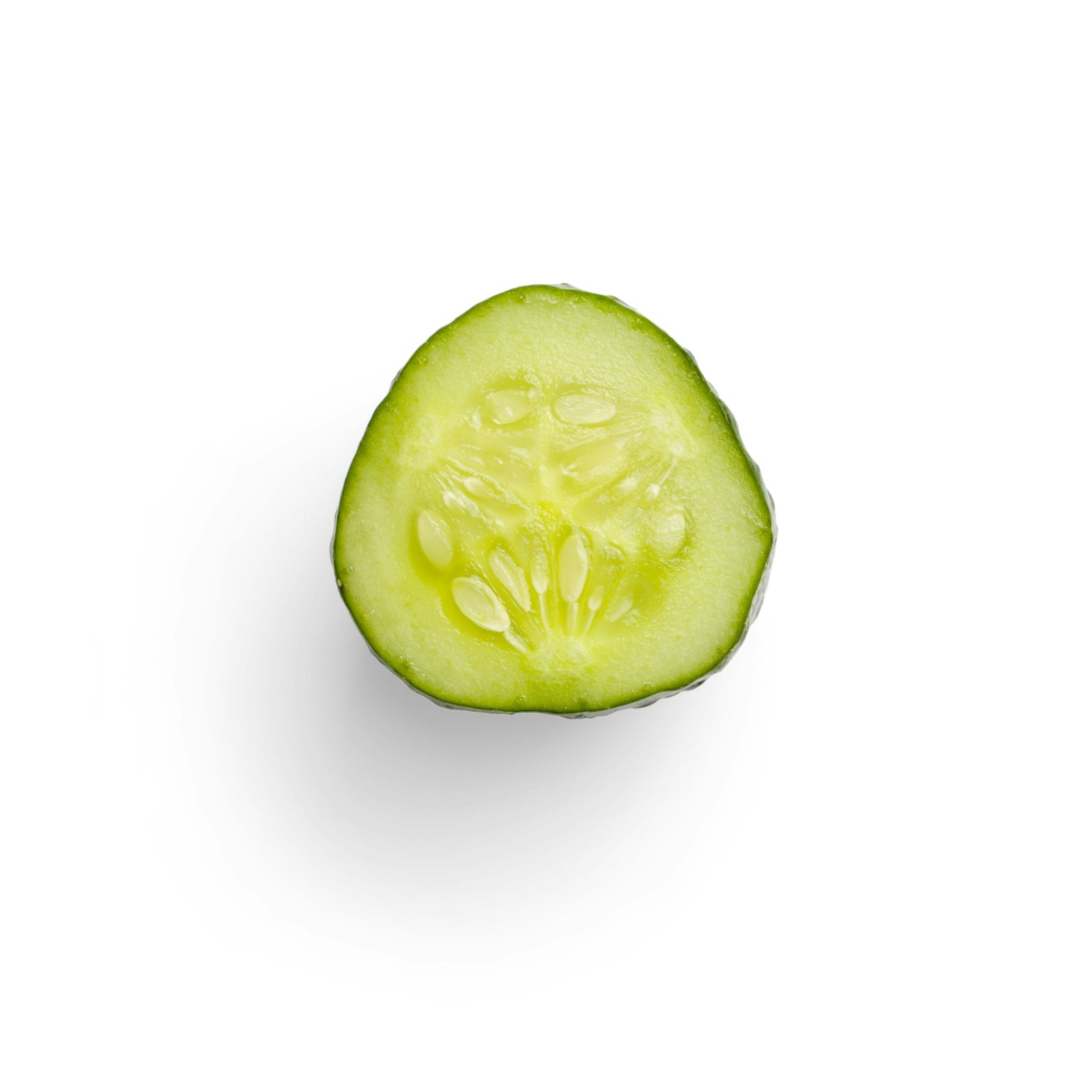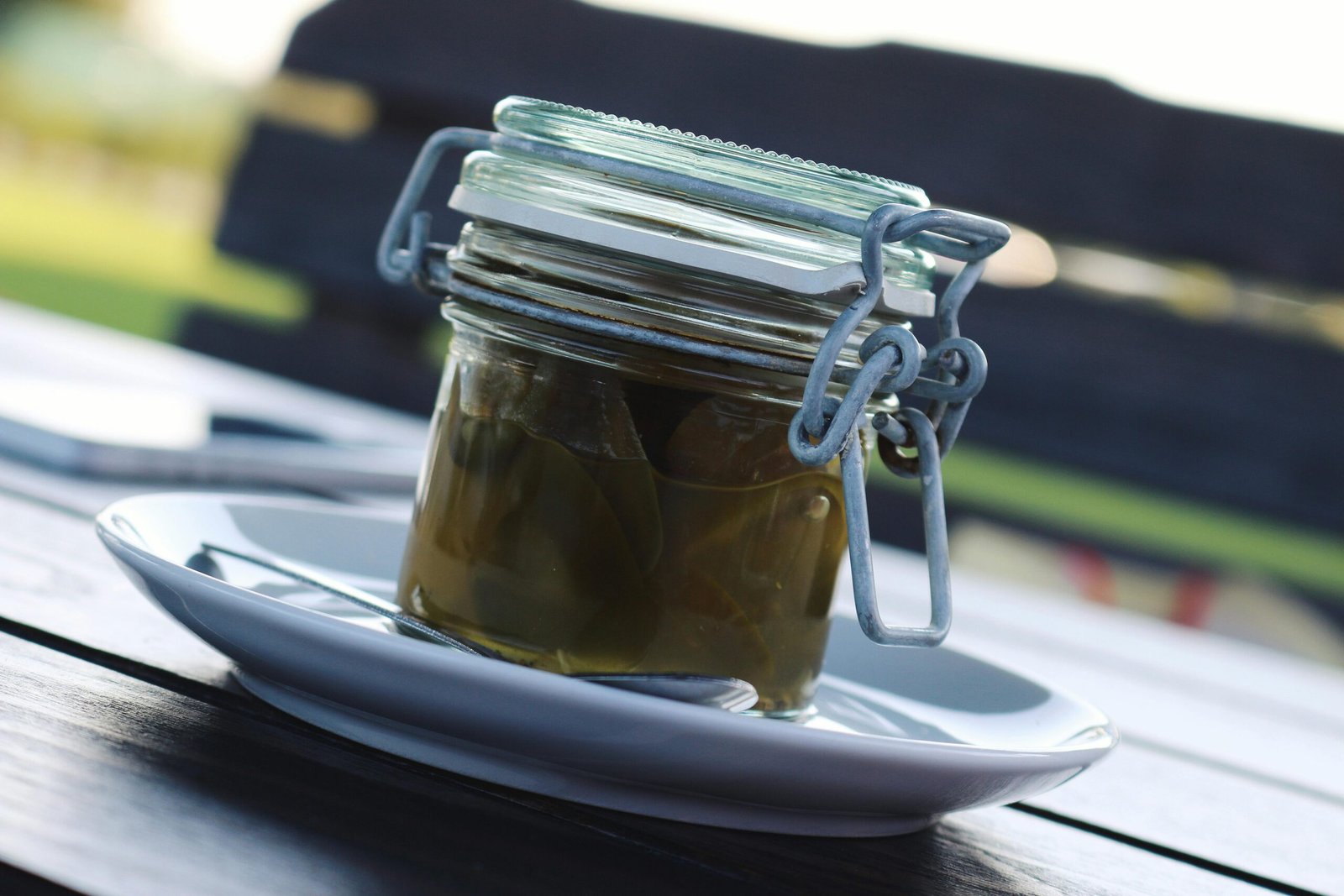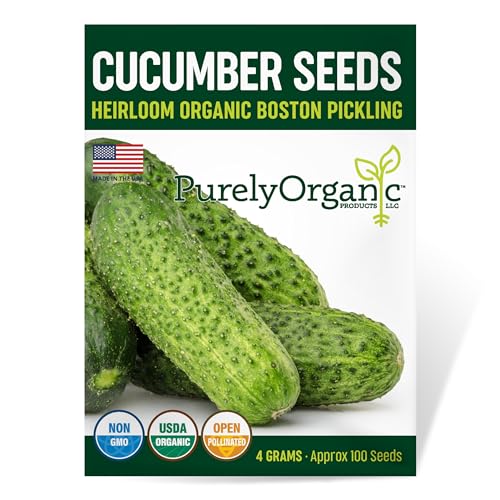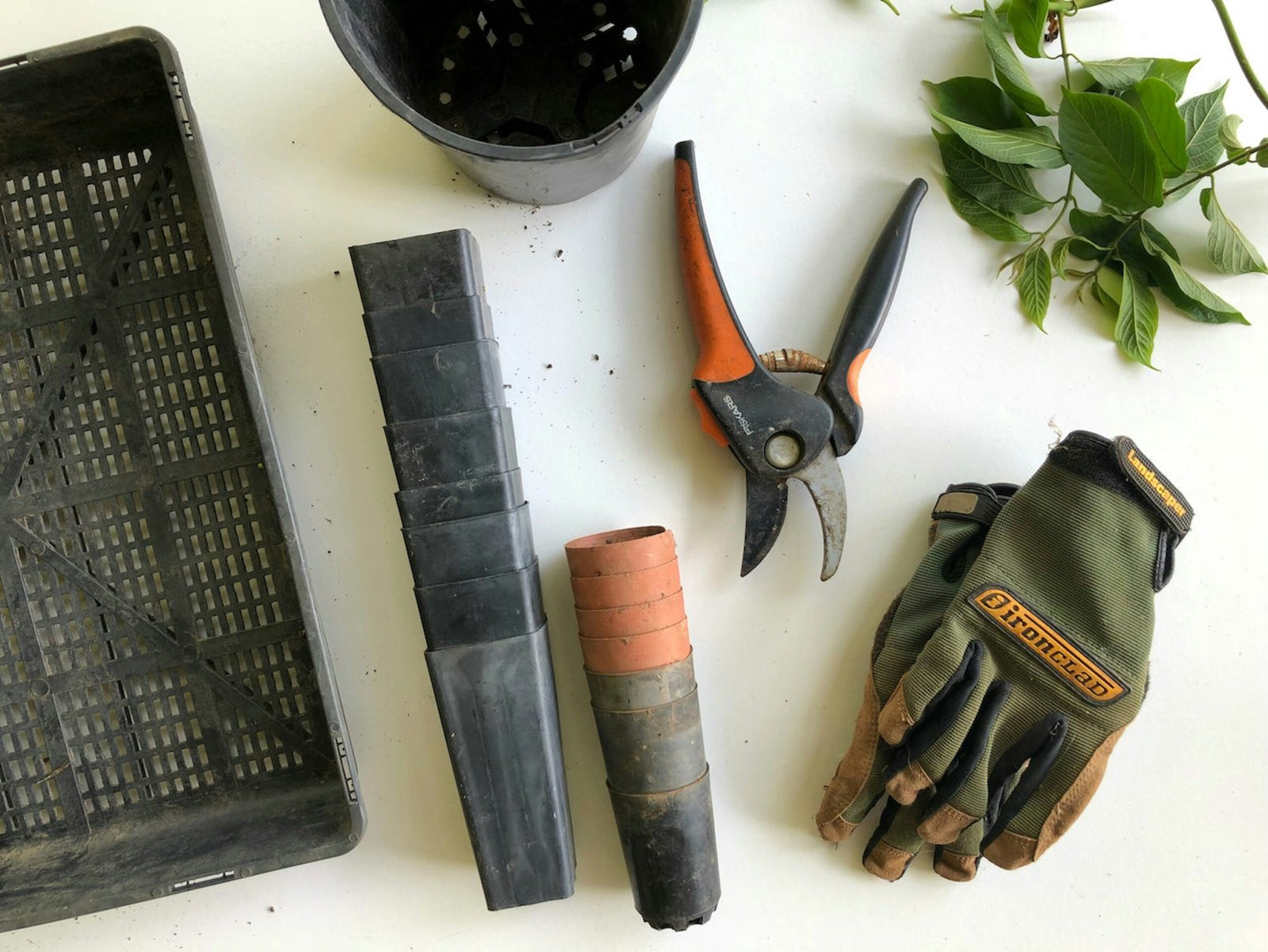
Introduction to Pickling Cucumbers
Pickling cucumbers are a specific variety of cucumbers that are particularly well-suited for the preservation process known as pickling. What sets them apart from standard slicing cucumbers is a combination of physical characteristics and moisture content. For instance, pickling cucumbers, often referred to as ‘picklers,’ tend to have a thicker skin and smaller seeds, which contribute to a crisper texture once preserved. This textural advantage is crucial for achieving the ideal crunch that many seek in homemade pickles.
Water content is another significant factor in distinguishing pickling cucumbers. These cucumbers generally have lower water content compared to slicing varieties, which helps ensure that the pickles maintain their firmness during the fermentation or pickling process. A high-water cucumber can lead to soggy pickles, which is why selecting the right type is essential for successful preservation. Some of the most popular varieties for growing include ‘Kirby’ and ‘Boston Pickling’ cucumbers, both renowned for their robust flavor and excellent crunch.
Historically, pickling dates back thousands of years, serving as a method for food preservation in various cultures. The versatility of cucumbers in pickling extends beyond their use as a simple snack or garnish; they can be blended with a myriad of spices, herbs, and additional vegetables to create unique flavor profiles. This adaptability has allowed pickling to flourish, with recipes ranging from traditional dill pickles to spicier varieties infused with peppers or garlic. By understanding what makes cucumbers ideal for pickling, gardeners can make informed choices when planning their vegetable patches for optimal results.
Top Varieties of Cucumbers for Pickling

When it comes to growing cucumbers specifically for the purpose of making pickles, selecting the right variety is crucial. Not all cucumbers are ideal for pickling due to differences in size, skin thickness, and taste. Among the most popular cucumber cultivars favored by home gardeners for pickling are ‘Boston Pickling’, ‘Kinokuniya’, and ‘Tasty Green’. Each variety brings unique characteristics that make them particularly suitable for the preservation process.
‘Boston Pickling’ cucumbers are small to medium in size and are renowned for their crisp texture and high seed count. They typically grow to about six to eight inches long and thrive in full sun with well-drained soil. This variety’s disease resistance is another notable feature, which makes it easier for gardeners to cultivate them with minimal chemical interventions. The “Boston Pickling” cucumber is not only flavorful but also develops a robust crunch after brining, making it a top choice for traditional dill pickles.
On the other hand, ‘Kinokuniya’ cucumbers offer a unique flavor profile that can enhance the taste of your pickles. These cucumbers are slightly smaller and have a bumpy skin texture, ideal for both fresh consumption and pickling. They are known for their excellent growth in warmer climates, making them a reliable choice for southern regions. Their ability to resist common cucumber diseases adds to their appeal for home growers looking to maximize their yield.
Lastly, ‘Tasty Green’ cucumbers are valued for their tender skin and sweet, crunchy flesh. They can grow up to eight inches long and are particularly versatile, serving well in both salads and pickles. They perform optimally in well-fertilized soil and enjoy a moderate growing season, making them a favorite among those looking to produce pickles that are both flavorful and aesthetically pleasing.
In selecting among these varieties, gardeners can optimize their efforts in growing cucumbers for pickling while ensuring a delicious end product. By understanding the characteristics and growing conditions of each type, individuals can make informed choices to suit their gardening needs. Here are links to seeds of Boston Pickling cucumbers mentioned above:
- Organic Cucumis Sativus Seeds: Premium Boston Pickling Cucumber seeds have high germination rates and prefer full sun an…
- A Rapid, Versitile Producer: Perfect for both pickling and fresh eating, these cucumbers mature quickly and will produce…
- Fruit Size: These non-GMO, open-pollinated, organic heirloom seedsmaintain the authentic Boston Pickling Cucumber charac…
- Name: 100 Boston Pickling Cucumber Seeds | Type: Heirloom
- Size at Maturity: 3″ – 6″ Long | Days to Maturity: 55 Days
- Light Requirement: Full Sun | Planting Time: Warm Season
Growing Tips for Healthy Pickling Cucumbers
Successfully growing cucumbers for pickling requires careful attention to several critical factors. To ensure a bountiful harvest, start with soil preparation. Cucumbers thrive in well-draining, nutrient-rich soils. It is advisable to amend the soil with organic matter, such as compost or well-rotted manure, to enhance its fertility. Testing the soil pH is also beneficial, as cucumbers prefer a slightly acidic to neutral pH range of 6.0 to 7.0.
Optimal planting times are another key component. Pickling cucumbers are warm-season crops, and planting them outdoors should occur after the last frost when soil temperatures reach around 70°F (21°C). This timing promotes robust growth and can prevent stress caused by cold temperatures. Depending on the variety, cucumbers generally require about 50 to 70 days from planting to harvest, so plan accordingly to enjoy them at the peak of freshness.
Watering practices significantly influence the health of growing cucumbers. Consistent moisture is essential, particularly during flowering and fruit-development stages. However, it is crucial to avoid overwatering, which can lead to fungal diseases. A drip irrigation system can be effective in maintaining moisture levels without saturating the soil. Concurrently, regular fertilization helps support healthy plant growth. Applying a balanced fertilizer at planting and again in mid-season can maximize yield.
To protect cucumbers from common pests such as cucumber beetles and aphids, integrated pest management techniques should be employed. This may include using row covers, introducing beneficial insects, or applying organic insecticides if necessary. Proper trellising techniques can also prevent disease by improving air circulation and reducing soil contact for the growing plants. Here are some links to products that may help with the issues listed above:
Finally, it is essential to be aware of common mistakes during the cultivation process. Avoid overcrowding plants, which can lead to stunted growth and increased disease susceptibility. Maintaining a clean garden environment and vigilant monitoring can drastically improve overall health and yield of your pickling cucumbers.
Harvesting and Using Cucumbers for Pickles

Harvesting cucumbers at the appropriate time is crucial for producing the best homemade pickles. The maturity of cucumbers can be determined by a few key indicators. Typically, pickling cucumbers should be harvested when they are about 4 to 6 inches long, firm, and free from blemishes. At this stage, they have a crisp texture ideal for pickling, providing that satisfying crunch associated with well-prepared pickles. Be vigilant, as cucumbers can mature quickly and become overripe, leading to a poor-quality product.
In addition to size, the color of the cucumbers can also indicate their readiness for harvest. Look for vibrant green skin—it is a sign of freshness and will result in a more flavorful pickle. Harvesting should ideally occur during the cooler hours of the day to avoid stress on the plants. It is essential to gently twist or cut cucumbers from the vine to avoid damage to the plant and to promote continued growth.
Once harvested, the next step is to process the cucumbers for pickling. One popular method is brining, which involves soaking cucumbers in a solution of salt and water. This helps draw out moisture and infuse flavor. For added taste, various spices such as dill, garlic, and peppercorns can be introduced into the brine. Additionally, consider experimenting with vinegar-based pickling solutions, which can enhance the overall flavor profile of the cucumbers.
When preparing homemade pickles, proper storage is equally important. Use sterilized jars to ensure safety and longevity, and seal them tightly. Store pickles in a cool, dark place to develop flavors over time. By following these practices in harvesting and processing, you can ensure that your pickling endeavors yield delicious results that elevate any meal.




![Soil pH Test Kit [100 Test Strips] pH Range 3-9, Results in Secon...](https://m.media-amazon.com/images/I/51E9aryLR6L.jpg)





